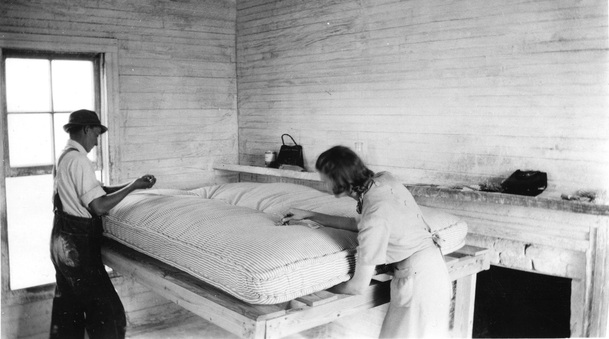 Google Images
Google Images I can’t remember anyone who owned a mattress back then. Instead we used straw ticks with feather ticks on top of them. The straw tick was emptied each year when the grain was threshed. The cover was washed and filled with clean straw. If we didn’t have straw we used hay. The feather tick was like a pillow only large enough to cover the bed.
When our clothing was too worn to wear, it was torn into strips and sewed together. It was rolled into balls to weave into rag carpet. When we had enough we would take them to someone who owned a loom. They would weave them into strips about a yard wide and various lengths. We sewed enough of the strips together to cover a room.
If we had newspapers we would put layers of them on the floor first. If not, we used hay. The rag carpet was tacked all the way around. When housecleaning time came it had to be taken up and taken apart, then washed, then resewed and put down over the clean floor. No electric sweepers to use. Only a broom and about all it did was to re-arrange the dirt.
The rag carpet was for the living room. If we had more than one the bedrooms were also carpeted. Usually the kitchen floor was bare until we could afford linoleum.
If we had newspapers we would put layers of them on the floor first. If not, we used hay. The rag carpet was tacked all the way around. When housecleaning time came it had to be taken up and taken apart, then washed, then resewed and put down over the clean floor. No electric sweepers to use. Only a broom and about all it did was to re-arrange the dirt.
The rag carpet was for the living room. If we had more than one the bedrooms were also carpeted. Usually the kitchen floor was bare until we could afford linoleum.
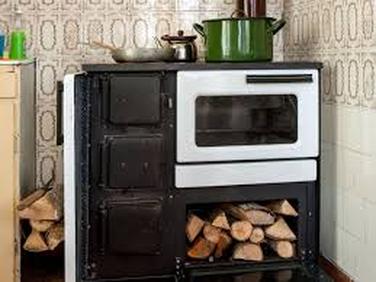 google images
google images Wash water had to be carried. In the winter it was heated in a boiler on the cook stove and the washing was done in the kitchen. In the summer it was heated in an iron kettle in the yard and the washing machine was moved to the porch.
Since water had to be carried every drop was used. When the washing was done the kitchen floor was scrubbed with the wash water. Next the porch and if any was left, the toilet floor. We didn’t have bleach but boiled the white clothes in lye water, then washed and rinsed them.
Since water had to be carried every drop was used. When the washing was done the kitchen floor was scrubbed with the wash water. Next the porch and if any was left, the toilet floor. We didn’t have bleach but boiled the white clothes in lye water, then washed and rinsed them.
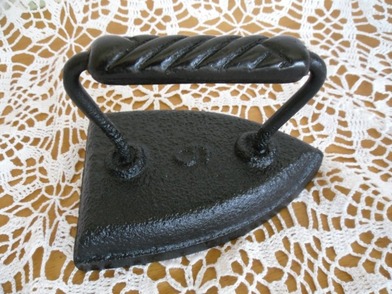 courtesy of google images
courtesy of google images Ironing day we heated three irons on the cook stove. The detachable handle was used on all of them. By using three we had a hot iron all the time.
Note: This may have been inconvenient but folks made do. If you ran a commercial cleaners this might be the way you heated your irons.
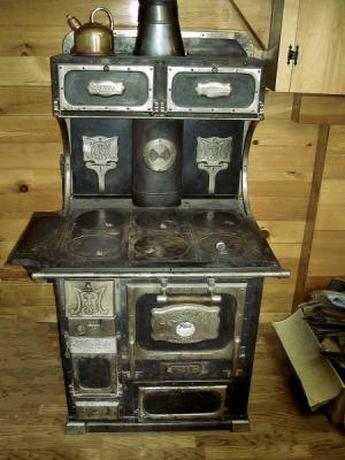 courtesy google images
courtesy google images We would take an old tub or bushel basket and pick up cobs in the pig pen to burn in our cook stove. We used them and scraps of boards and small sticks of wood.
My mother could open the oven door and hold her hand in it a minute to see if the temperature was right for whatever she wanted to bake. Later, I could do the same way.
In our heating stove we used the larger sticks of wood or coal. If we burned wood we used a wood heater and for coal a coal heater.
My mother could open the oven door and hold her hand in it a minute to see if the temperature was right for whatever she wanted to bake. Later, I could do the same way.
In our heating stove we used the larger sticks of wood or coal. If we burned wood we used a wood heater and for coal a coal heater.
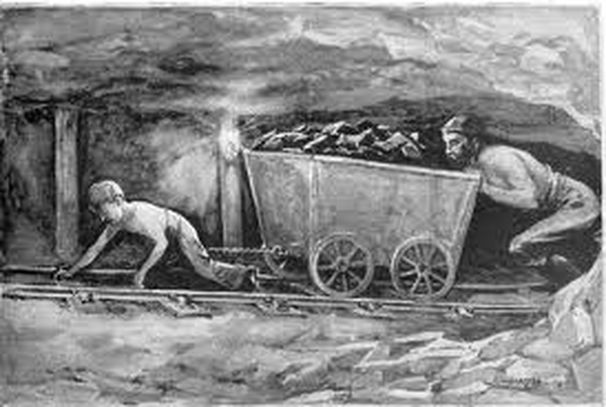 Courtesy of Google Images
Courtesy of Google Images There was a coal mine on our farm. They paid my parents so much royalty for every bushel. They built a little shack where they changed clothes before they went home. They had carbide lanterns attached to their caps to wear back in the mine. They told us we could borrow the lanterns when we wanted to go back in the mine. We liked to take our friends in the little coal cars that run on the track. We didn’t go back very far as we were scared of the dark and the lanterns didn’t make very much light. There was a spring of real cold water at the entrance that Papa used to water the livestock.
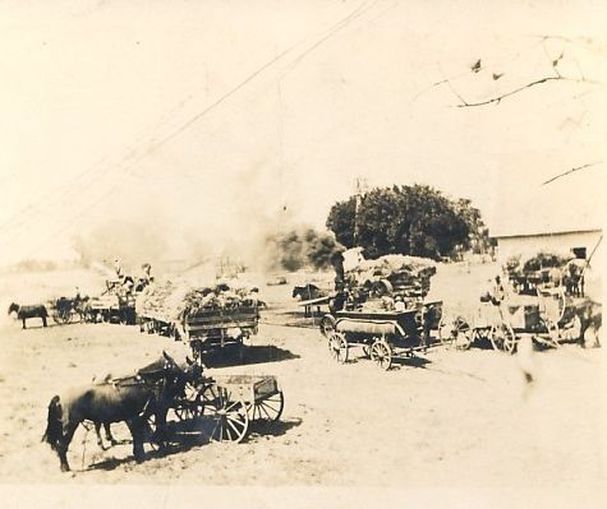 Courtesy of google images
Courtesy of google images When threshing time came, neighbors helped one another. It was a busy time for the women and kids too. Since there were no refrigerators, food had to be prepared that day. Usually we bought ice for ice tea and lemonade for the meal. The women helped each other and the kids run errands.
Walter was quite interested in threshing machines and tried to make one to play with. He nailed spools on a wooden box and make belts of heavy string. With one belt over the wheel of Mammas treadle sewing machine. He would run that for hours. Also he loved to crank the De Laval (sp?) cream separator. I don’t know what he pretended it was.
(Note: Don't know one cream separator from another but this was too good to pass)
(Note: Don't know one cream separator from another but this was too good to pass)
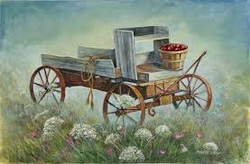 Courtesy of google images
Courtesy of google images Every fall for several years Papa would haul a wagon load of apples and a barrel of cider from the Parker Orchards. Several people in Blue Mound bought from him and had their favorite variety. He sold the cider by the gallon. Mama used cider in the apple butter she made.
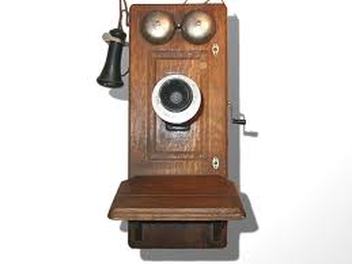 Courtesy of Google Images
Courtesy of Google Images We were on a party telephone line and when we heard a ring we listened. Our ring was a long ring and two short rings. When we wanted to talk to someone on another line we called central as we called the operator and she would ring to them.
Several short rings was called the line ring and it was for everyone to listen. It might be announcing a car load of apples, coal, or potatoes or it might be an emergency. This was long before radio or television and no daily paper. Our weekly paper didn’t furnish much news so we listened over the telephone. It was good sometimes to have help when we needed it.
Also when the batteries were about gone, it helped to have several ring at a time for central. One way we did prolong the life of our batteries was to put some vinegar in a couple of cans and place the batteries in them. Back then it had to be an emergency if we received a long distance call.
I remember Jan, 23, 1917, when Uncle Walter called to tell us that Grandma Jones had died. It was the day after Mama’s birthday. Walter had the whooping cough at the time so Aunt Ina came and helped Papa with the work so Mama could go to Deepwater, Missouri. for the funeral.
Note: No relation but ran across this and it seemed appropriate to include it:
http://blog.modernmechanix.com/the-one-man-telephone-system/#more
There is a photo gallery on page three of this that shows Bob Wilcox and a few others.
Several short rings was called the line ring and it was for everyone to listen. It might be announcing a car load of apples, coal, or potatoes or it might be an emergency. This was long before radio or television and no daily paper. Our weekly paper didn’t furnish much news so we listened over the telephone. It was good sometimes to have help when we needed it.
Also when the batteries were about gone, it helped to have several ring at a time for central. One way we did prolong the life of our batteries was to put some vinegar in a couple of cans and place the batteries in them. Back then it had to be an emergency if we received a long distance call.
I remember Jan, 23, 1917, when Uncle Walter called to tell us that Grandma Jones had died. It was the day after Mama’s birthday. Walter had the whooping cough at the time so Aunt Ina came and helped Papa with the work so Mama could go to Deepwater, Missouri. for the funeral.
Note: No relation but ran across this and it seemed appropriate to include it:
http://blog.modernmechanix.com/the-one-man-telephone-system/#more
There is a photo gallery on page three of this that shows Bob Wilcox and a few others.
I did not stop here because this segment is done. I stopped because the article had become as large as I care to make it. Part two is coming.
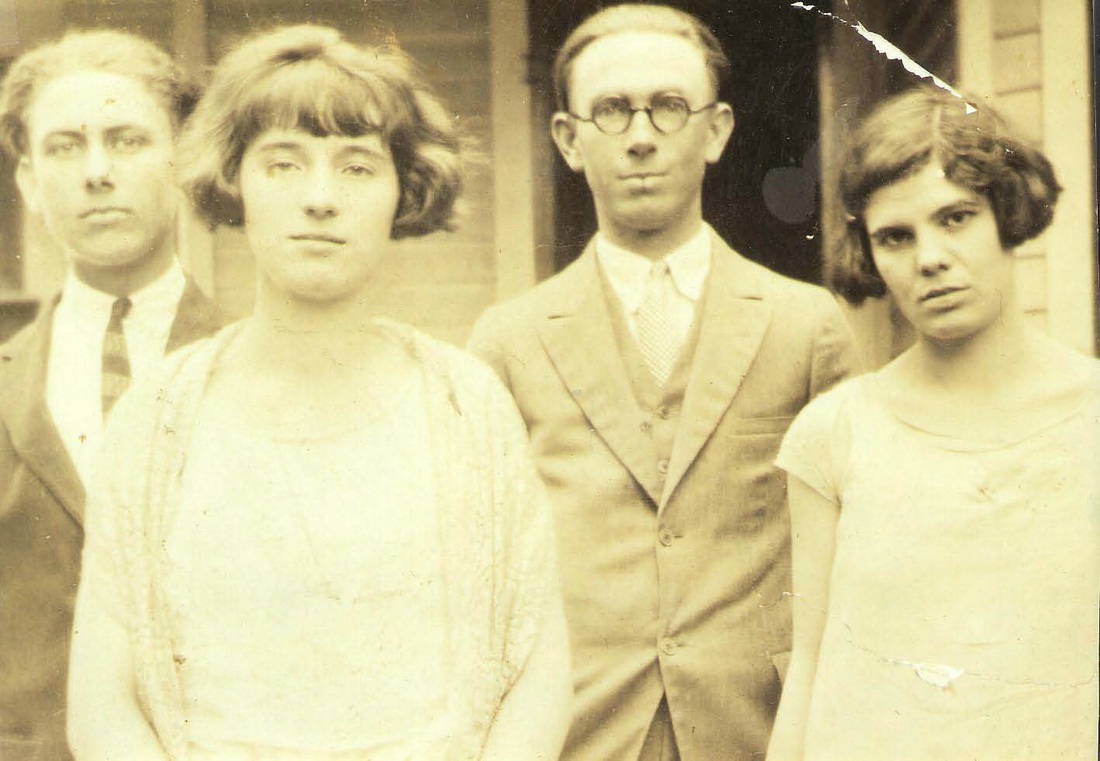
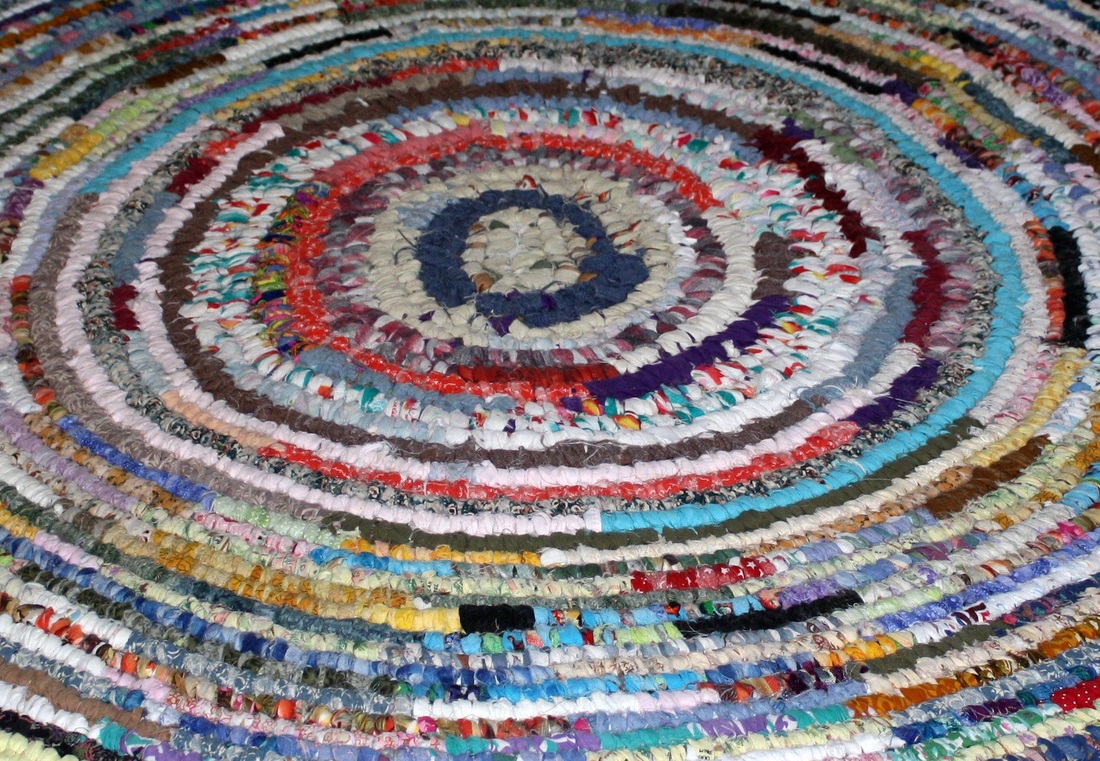
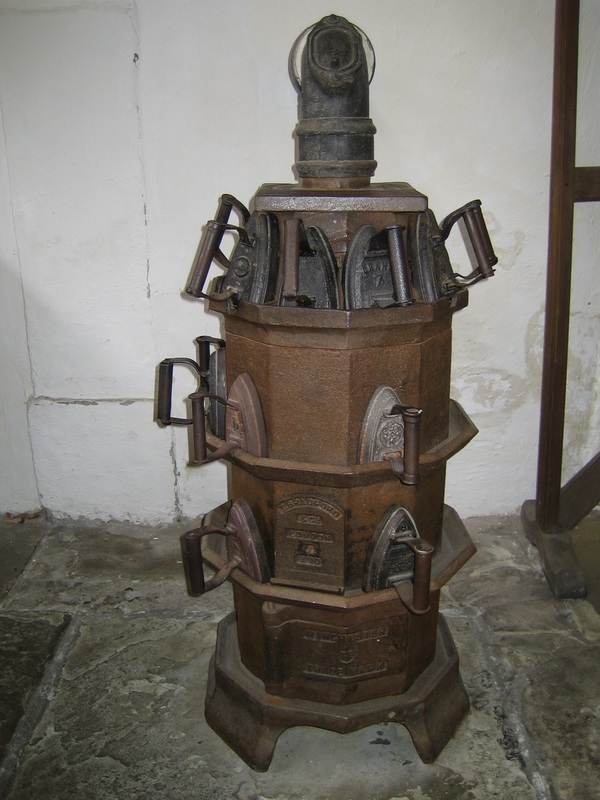
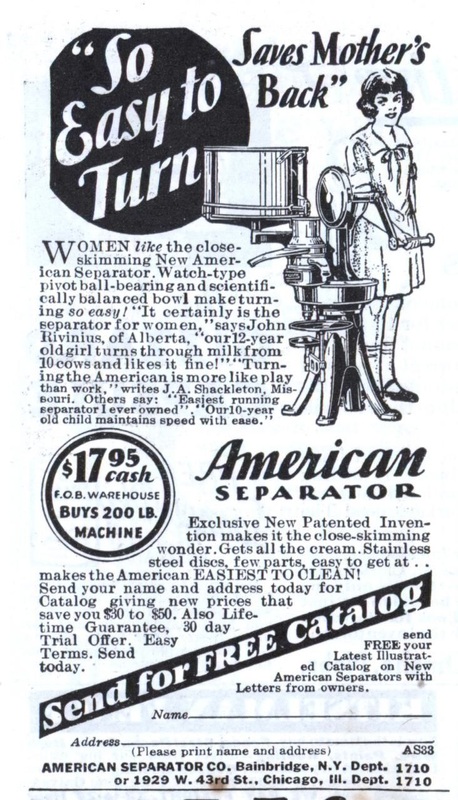
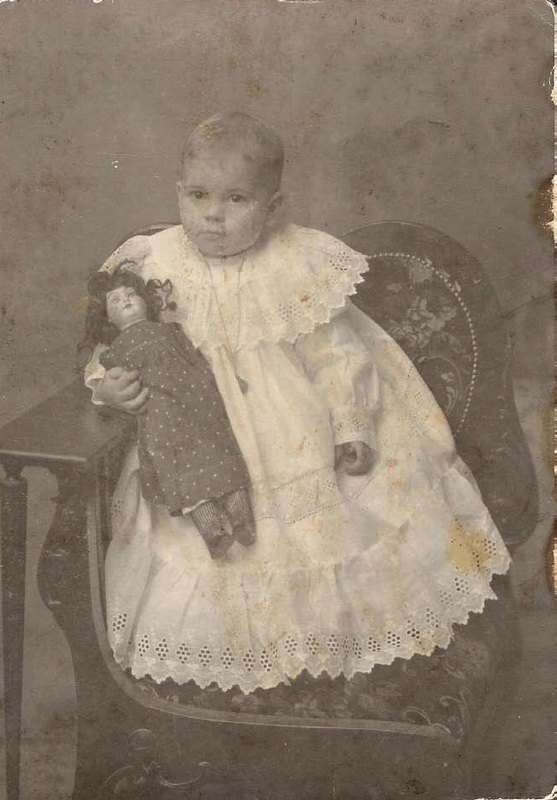
 RSS Feed
RSS Feed